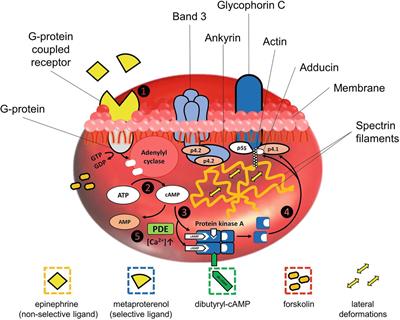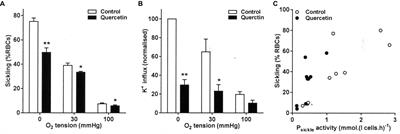EDITORIAL
Published on 24 Jun 2020
Editorial: Red Blood Cell Vascular Adhesion and Deformability
doi 10.3389/fphys.2020.00657
- 1,745 views
- 5 citations
10k
Total downloads
64k
Total views and downloads
You will be redirected to our submission process.
EDITORIAL
Published on 24 Jun 2020
REVIEW
Published on 15 Apr 2020

ORIGINAL RESEARCH
Published on 23 Jan 2020

MINI REVIEW
Published on 21 Jan 2020

REVIEW
Published on 15 Nov 2019

REVIEW
Published on 20 Aug 2019

BRIEF RESEARCH REPORT
Published on 14 Aug 2019

ORIGINAL RESEARCH
Published on 13 Aug 2019

